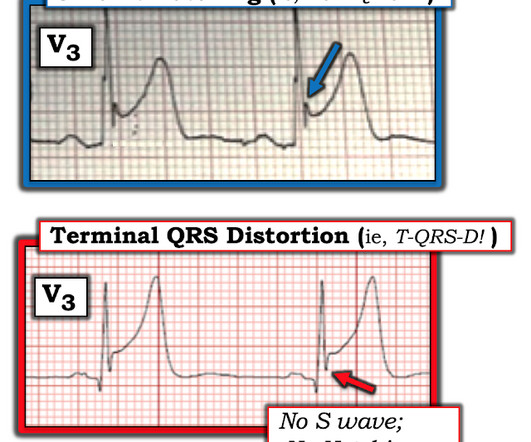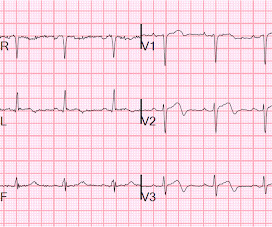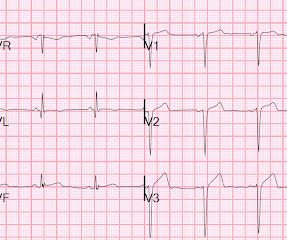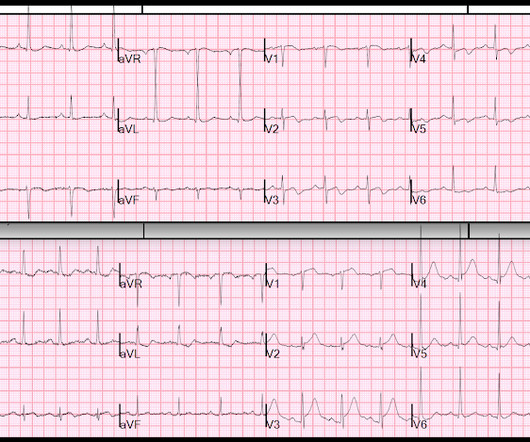Chest pain, resolved. Does it need emergent cath lab activation (some controversy here)? And much much more.
Dr. Smith's ECG Blog
APRIL 22, 2024
Patient is pain free and clearly has Wellens' syndrome: 1) pain free episode following an episode of angina, typical Pattern A (biphasic, terminal T-wave inversion with an initial upsloping ST Segment) findings, preserved R-waves. Angiography : --Culprit for the patient's unstable angina/Wellen syndrome is a ruptured plaque in the mid LAD. --As












Let's personalize your content